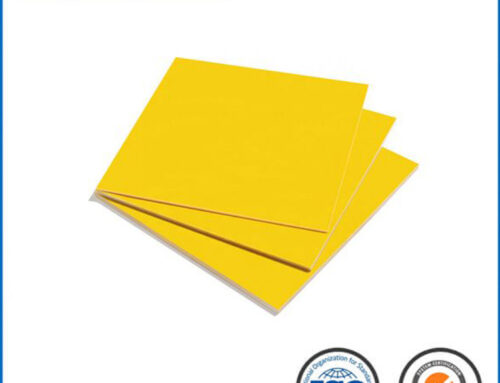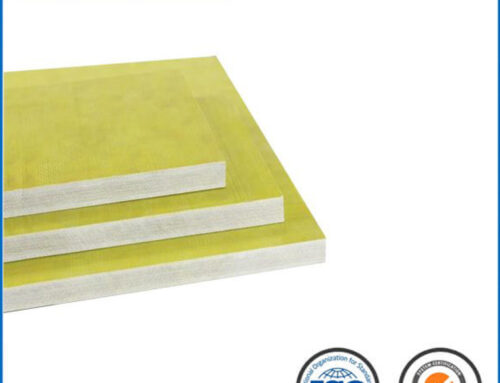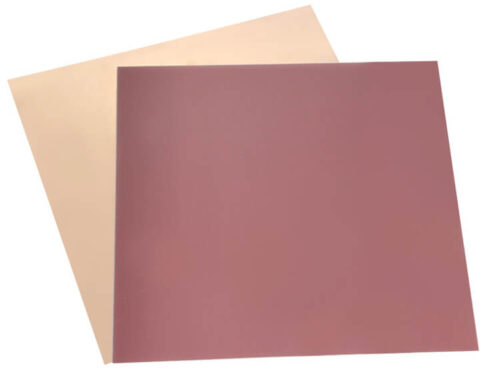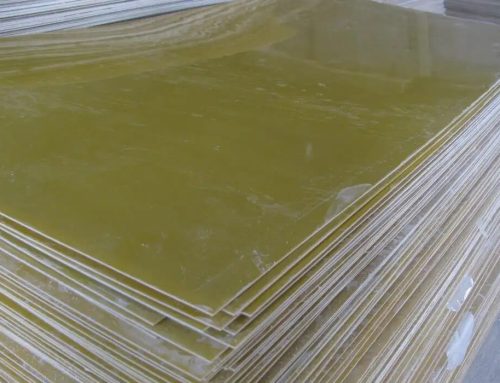In the realm of advanced composites, epoxy fiberglass emerges as a dynamic and versatile material with a myriad of applications. This article takes a deep dive into the characteristics and applications of epoxy fiberglass, unveiling the unique properties that make it a go-to choice in various industries. From construction to aerospace, it proves itself as a dynamic composite material, pushing the boundaries of what is achievable in modern engineering.
1. The Fusion of Epoxy Resin and Fiberglass: A Dynamic Duo
Epoxy Resin Matrix:
Epoxy fiberglass is crafted by impregnating layers of fiberglass with epoxy resin, creating a robust matrix.
The epoxy resin provides adhesion, durability, and resistance to environmental factors, forming the backbone of the composite.
Fiberglass Reinforcement:
Fiberglass, with its high strength-to-weight ratio, serves as the reinforcement, enhancing the composite’s mechanical properties.
The combination of epoxy resin and fiberglass results in a material with exceptional strength and flexibility.
2. Mechanical Resilience: Withstanding Rigorous Conditions
High Tensile Strength:
Epoxy fiberglass exhibits high tensile strength, making it resistant to stretching or deformation under applied loads.
This property is crucial in applications where components are subjected to mechanical stress.
Flexural Strength:
The flexural strength of it allows it to withstand bending and torsional forces, contributing to its structural integrity.
Applications requiring components to maintain their form benefit from this inherent resilience.
3. Corrosion Resistance and Environmental Adaptability
Corrosion Resistance:
Epoxy fiberglass showcases excellent corrosion resistance, making it ideal for applications in corrosive environments.
This property extends the lifespan of components in industries such as marine and chemical processing.
Environmental Adaptability:
The composite’s adaptability to various environmental conditions positions it as a reliable choice in both indoor and outdoor applications.
From harsh industrial settings to outdoor structures, it proves its versatility.
4. Construction Innovations: Reinforcing the Future
Structural Reinforcement:
In construction, epoxy fiberglass is utilized for structural reinforcement, adding strength without the weight associated with traditional materials.
Its high strength and corrosion resistance make it a valuable component in building durable structures.
Concrete Applications:
Epoxy fiberglass finds applications in the construction of concrete structures, providing reinforcement that enhances the durability of concrete elements.
It is commonly used in bridges, buildings, and infrastructure projects.
5. Aerospace Advancements: Soaring to New Heights
Aircraft Components:
In the aerospace industry, it is employed in the manufacturing of aircraft components, contributing to lightweight yet durable structures.
Its high strength and resistance to environmental factors make it suitable for aviation applications.
Spacecraft Applications:
Epoxy fiberglass plays a role in spacecraft design, where the demands of space require materials with exceptional mechanical and thermal properties.
Its reliability in extreme conditions contributes to the success of space missions.
Conclusion: Epoxy Fiberglass – Pioneering Innovation in Engineering
As epoxy fiberglass is unveiled, its versatility and dynamic nature become apparent. From its composition to mechanical resilience, corrosion resistance, and applications in construction and aerospace, it stands as a pioneer in engineering solutions. In a world where materials are expected to meet rigorous demands, it emerges as a dynamic composite, shaping the future of innovation in diverse industries.
More:




